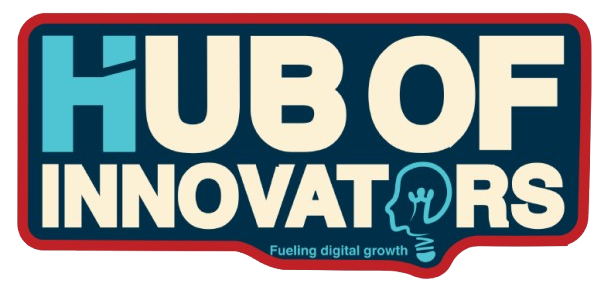Traditional marketing has long been the foundation of how businesses reach customers. Long before the internet shaped how we communicate, companies relied on newspapers, radio, TV, brochures, and billboards to spread their messages.
While digital marketing has quickly become the dominant form in recent years, traditional methods are far from obsolete. Understanding the strengths and limits of both approaches is essential to creating a complete marketing strategy.
What Is Traditional Marketing?
Traditional marketing refers to all forms of advertising and promotion that don’t rely on the internet. This includes:
- Television commercials
- Radio advertisements
- Newspaper and magazine ads
- Billboards and posters
- Flyers, brochures, and direct mail
These methods are often used to reach a broad audience at once. They’re commonly seen in public spaces or broadcast across large networks. Although traditional marketing is typically more expensive to execute and harder to measure, it can be very effective, especially for brands trying to build awareness or target a local audience.
For example, a new restaurant might place an ad in the weekend paper or sponsor a radio show to attract nearby customers. A large brand might run TV ads during a national event to reach millions in a short time. These strategies rely more on repetition, physical presence, and the trust associated with established media.
What Is Digital Marketing?
Digital marketing includes any promotional efforts that happen online. This can involve:
- Social media platforms (e.g., Facebook, Instagram, LinkedIn)
- Search engine optimization (SEO)
- Email campaigns
- Online ads (Google Ads, YouTube pre-rolls)
- Content marketing (blogs, videos, podcasts)
Digital marketing allows for interaction. A person can click a link, leave a comment, make a purchase, or ask a question—all within minutes. It also provides data that helps businesses understand what works and what doesn’t. Marketers can measure how many people saw an ad, clicked on it, or took a specific action. This immediate feedback makes it easier to adjust strategies in real time.
For example, a clothing brand might launch an Instagram campaign targeting users between 18 and 30 who’ve recently browsed fashion websites. Instead of spending money on a broad TV spot, they can focus only on those most likely to buy.

Traditional Marketing vs. Digital Marketing: Key Differences
While both methods aim to attract and retain customers, the way they do so is different:
| Factor | Traditional Marketing | Digital Marketing |
|---|---|---|
| Channel | Offline (TV, radio, print) | Online (web, social media, search) |
| Targeting | Broad and general | Specific and data-driven |
| Cost | Often high (ad space, production) | More flexible, often lower cost |
| Interaction | One-way communication | Two-way interaction |
| Measurability | Harder to track | Easier to measure and analyze |
| Speed | Slower to launch and update | Faster to test and adapt |
Traditional marketing is typically better for mass exposure or when targeting audiences who aren’t as active online, like older generations. Digital marketing, on the other hand, is more agile and affordable for businesses that want to target specific groups and get measurable results.
Why Both Are Still Important
It’s easy to assume that digital marketing has completely taken over, but that’s not entirely true. Traditional methods still hold a strong place in certain industries and communities.
For example, a luxury brand may still value magazine ads because they carry a sense of prestige. A local plumber might find that a flyer in a mailbox or a radio ad works better than online ads for getting calls from nearby homeowners. And TV remains powerful for emotional storytelling or reaching large groups at once.
At the same time, digital marketing has become essential. People spend hours online every day. If a business isn’t present there, it’s missing out. Social media allows small businesses to connect with customers directly, while email lets them stay in touch without big costs.
Related article: Key Strategies for Using Social Media for Effective Digital Marketing in 2025
Using Both Together: The Best of Both Worlds
The smartest approach for many businesses today is to combine both traditional and digital methods. This is often called an integrated marketing strategy.
For example:
- A company might run a TV ad and include a QR code that leads to a landing page.
- A print flyer can include social media handles.
- A billboard can promote a hashtag or website for more information.
- Events promoted through posters can also be boosted online via Instagram or Google Ads.
This mix helps businesses stay visible across different platforms and reach more people in different ways. A consistent message across both channels builds trust and reinforces brand identity.

Conclusion
Traditional marketing and digital marketing serve different purposes, but both are still useful. Traditional tools help build wide exposure and trust, especially in local or offline communities. Digital strategies offer flexibility, detailed targeting, and measurable results.
By understanding their differences and using each where it fits best, businesses can create a balanced and effective marketing strategy that doesn’t rely on trends, but on what works.







